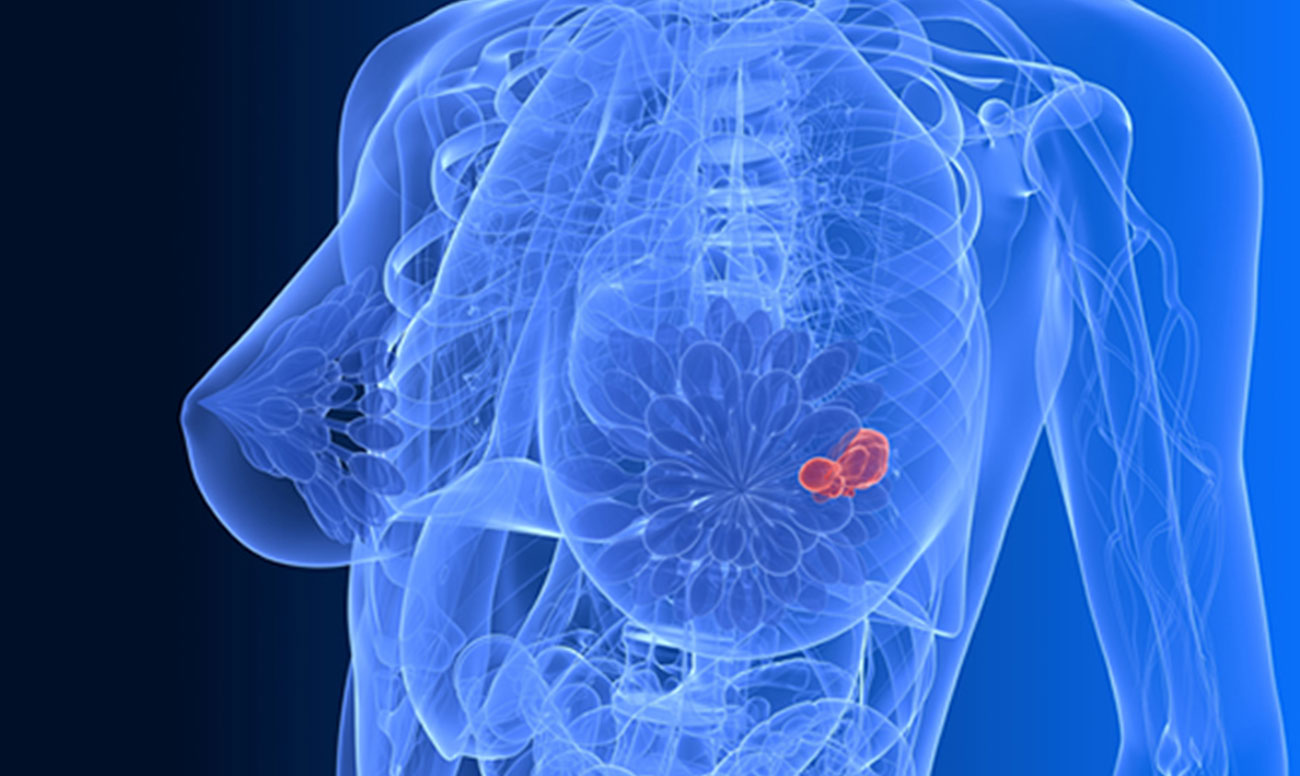
ABNORMALITIES ON BREAST RADIOGRAMS
Mammogram once a year after the age of 40 and going to the general surgeon’s examination is a method of cancer protection that every woman should do.
Mammography without physical examination is not enough. If possible, mammography should be performed with a high-quality device and, if possible, continued at the same Radiology center every year (important note: previous mammography, ultrasound and MRI reports should be kept and carried with you during medical visits).
Mammography is always done in conjunction with ultrasound. These methods are complementary to each other. If these two methods are inadequate, dynamic breast MRI is commonly added to radiological work-up. MRI particularly require when the breast structure is too dense or in the presence of breast cancer in the family (please consult your doctor about this)
The current breast radiology reports are scored by the following BIRADS (Breast imaging-reporting and data system). The meanings of these scores are as follows:
BIRADS O: The examination done is inadequate, more examination is needed.
BIRADS 1: Completely normal breast structure requiring annual monitoring
BIRADS 2: A benign finding that is unlikely to cause cancer. Continue the annual follow-up.
BIRADS 3: Probably benign lesion (should be monitored at intervals of 3-6 months). The likelihood of cancer is about 1-2%
BIRADS 4: Suspected breast cancer. Definitely need a biopsy. The likelihood of cancer is about 25-50%.
BIRADS 5: Very likely cancer
BIRADS 6: Biopsy-proven cancer
The density of breast tissue is also scored by the BIRADS system. This doesn’t mean cancer.
Don’t panic immediately when you BIRADS 4 and 5 reports. The possibility of early stage is quite high (consult with your breast surgeon first)





